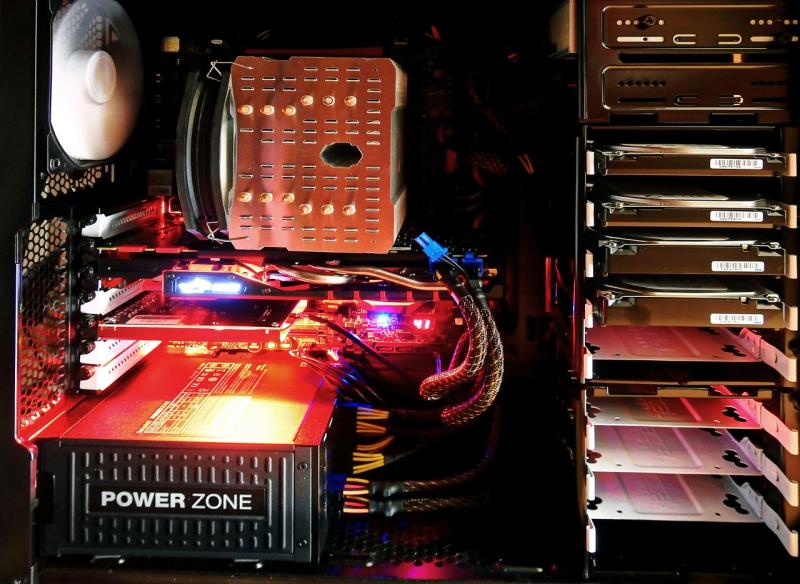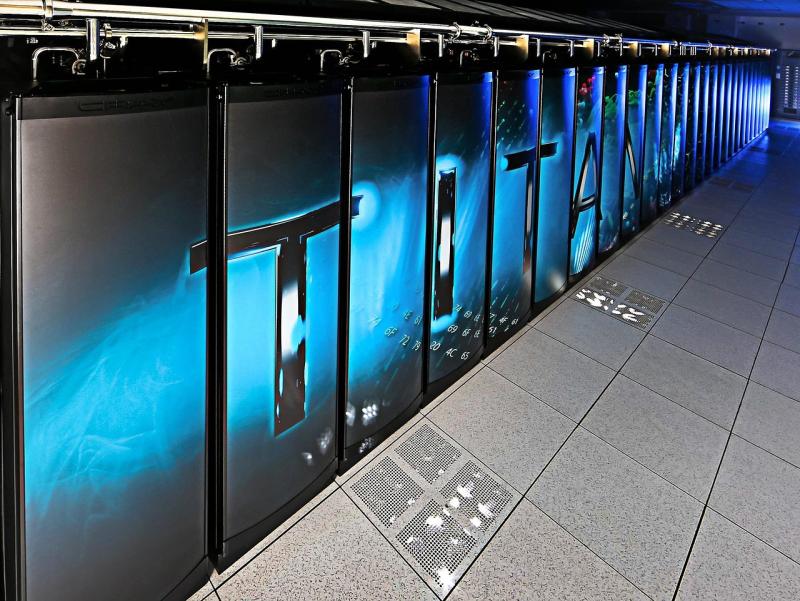Aerospace propulsion and hypersonic research explore the cutting edge of flight technologies, driving innovations in speed, efficiency, and performance. Workstations optimized for these advanced fields provide the power, precision, and scalability necessary to simulate complex aerodynamics, analyze thermal effects, and design next-generation propulsion systems. These systems empower scientists and engineers to revolutionize air and space travel.
---
### **Processing Power for High-Speed Aerodynamics**
Hypersonic research involves solving intricate fluid dynamics equations to model airflow, shockwaves, and thermal loads at extreme velocities. These workstations are equipped with multi-core processors optimized for computational fluid dynamics (CFD) and thermodynamic simulations. From analyzing hypersonic flight stability to optimizing jet engine designs, these CPUs handle resource-intensive computations with efficiency.
For aerospace engineers, this processing capability accelerates development cycles and enhances design accuracy.
---
### **Advanced GPUs for Thermal and Structural Simulations**
Thermal stresses and material deformation are critical challenges in aerospace propulsion and hypersonic flight. These workstations feature high-performance GPUs designed for finite element analysis (FEA) and multiphysics simulations, allowing researchers to predict material behavior under extreme conditions.
GPU acceleration also supports high-fidelity visualizations of aerodynamic flows, enabling detailed analysis of turbulence, heat transfer, and structural integrity.
---
### **Expansive Memory for Complex Multiphysics Modeling**
Hypersonic and propulsion systems are inherently multidisciplinary, requiring simulations that combine aerodynamics, thermodynamics, and structural mechanics. These workstations offer RAM configurations ranging from 128GB to 1TB, ensuring smooth operation when processing large datasets and running simultaneous simulations across disciplines.
---
### **Optimized Storage for Large-Scale Simulations**
Aerospace research generates vast datasets, including transient flow analyses, combustion modeling outputs, and experimental results. These workstations integrate NVMe SSDs for rapid access to active projects and high-capacity HDDs or RAID arrays for secure long-term storage. Efficient data management ensures that researchers can handle high-frequency simulation outputs and maintain extensive archives.
---
### **Software Optimization for Aerospace Applications**
These workstations are fully compatible with industry-standard software for propulsion and hypersonics, such as ANSYS Fluent, STAR-CCM+, and COMSOL Multiphysics. GPU acceleration enhances solver performance, enabling faster convergence for simulations involving scramjets, rocket engines, and supersonic nozzles.
---
### **Applications Across Aerospace Research Fields**
Workstations for propulsion and hypersonic research drive innovation in a variety of domains:
- **Supersonic and Hypersonic Flight:** Analyze shockwave patterns, heat loads, and control systems for high-speed aircraft.
- **Rocket Propulsion:** Design fuel-efficient engines, simulate combustion processes, and optimize nozzle performance.
- **Turbomachinery:** Improve jet engine efficiency, durability, and noise reduction.
- **Thermal Protection Systems:** Develop heat-resistant materials for space re-entry and hypersonic flight.
- **Experimental Fluid Dynamics:** Validate wind tunnel tests with numerical simulations.
Their versatility makes them critical tools for advancing aerospace technologies.
---
### **Reliability for Continuous Research and Development**
Hypersonic research and propulsion design often require extended computational runs to model long-term behavior and validate results. These workstations are built with industrial-grade components and advanced cooling systems to ensure stable performance during prolonged operations. This reliability minimizes downtime and supports uninterrupted progress.
---
### **Future-Ready for Emerging Aerospace Technologies**
As aerospace propulsion and hypersonics evolve, these workstations are designed with scalability in mind. Modular components allow for upgrades to GPUs, processors, and memory, ensuring compatibility with future software tools and research demands.
---
**Pioneering the Future of Flight**
Workstations for aerospace propulsion and hypersonic research provide the computational foundation for breakthroughs in air and space travel. By combining cutting-edge hardware performance, optimized simulation capabilities, and robust data management, these systems enable engineers and scientists to overcome complex challenges. Whether designing reusable rockets or unlocking the secrets of hypersonic speeds, these workstations are propelling innovation to new heights.
View our related products
See more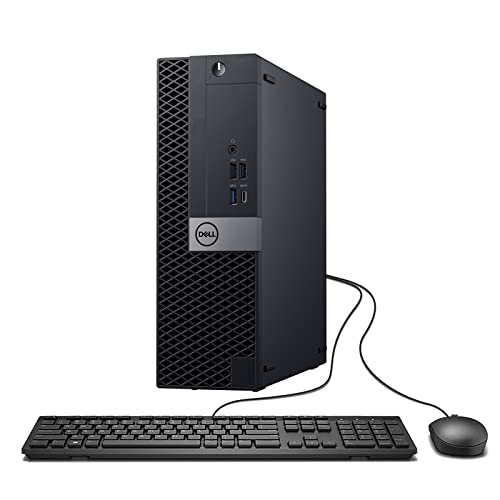
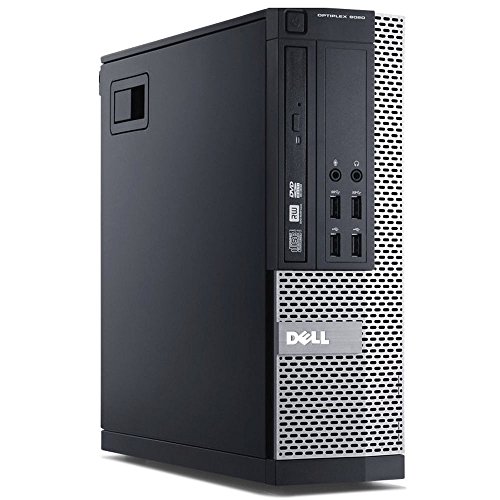
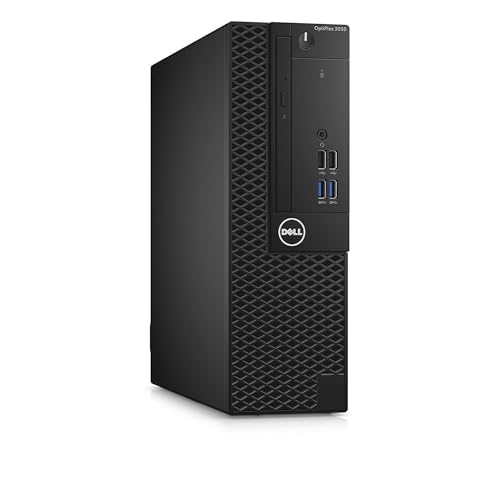
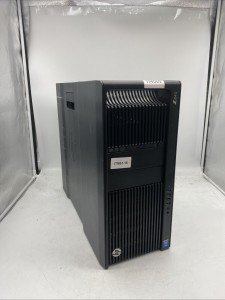
Workstations for Aerospace Propulsion and Hypersonic Research
Top Choices for Aerospace Propulsion and Hypersonic Research Workstations
Related Articles
Essential High-Performance PC Components You Need Now
Upgrade your setup with the must-have parts for unbeatable gaming and productivity
Top Picks for Best High-Performance PCs
Find the perfect power machine for gaming, work, or creative projects
Your Guide to the Best High-Performance PCs
Find the Right PC for Your Gaming and Creative Needs
View our related products
See more



